Is it possible to give rye to rabbits, chickens, pigs and cows
Before the advent of hybrid varieties rye was rarely used as a forage crop. This was due to the content of anti-nutritional compounds in it - non-starchy polysaccharides and bitter substances. Thanks to selection since 2005, the level of harmful components in the composition of the product has been reduced, so today rye is introduced into the diet of poultry, rabbits, pigs and ruminants.
The content of the article
The nutritional value of rye and its feed value
Rye has an average nutritional value, because the grain crop is 0.18 kg of feed units (ie). This is an indicator that allows you to determine the nutritional value of crops. 1 k. E. Is equal to the caloric content of 1 kg of dry feed oats or 1414 kcal.
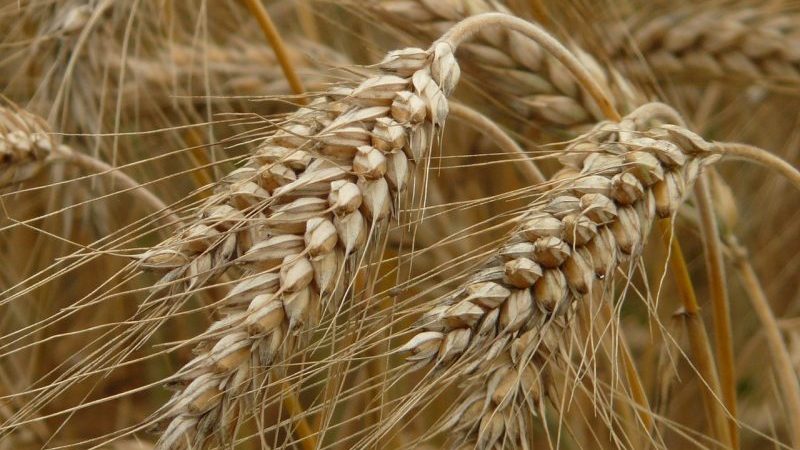
1 c. Unit requires about 5.6 kg of rye feed. The energy and nutritional value of 100 g of rye is as follows:
- water - 12%, while dry matter - 88%;
- 10.1 g of proteins, 2.3 g of fat and 57.8 g of carbohydrates;
- complex carbohydrates, represented by fiber (3 g) and starch (54.8 g);
- calorie content - 287 kcal;
- mineral substances, useful for pets: zinc (2.04 mg), copper (460 μg), etc.;
- amino acids - lysine, methionine, threonine, tryptophan.
Despite the presence of amino acids in the product, none of them is absorbed by the animal body. Therefore, in order to provide livestock with all the necessary nutrients, the diet is supplemented with other cereals. They also compensate for the lack of amino acids with special supplements containing lysine, threonine, methionine and tryptophan.
Reference. The rye should lie down. The grain should not be given to animals immediately after harvest.
Why rye should be limited in animal diets
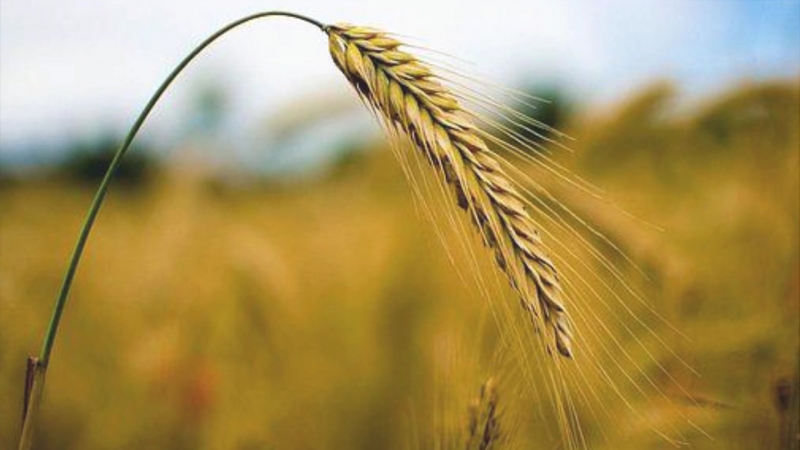
Rye grains are distinguished by a high content of non-starchy polysaccharides (complex carbohydrates), among which pentosan stands out. This substance is difficult to digest., therefore rye is given to young animals together with enzymes. These are enzymes that break down complex carbohydrates into simpler compounds.
Cereal hybrids bred as a result of selection are vulnerable to fungal infection. Ergot often appears on them. Contaminated rye is harmful to laying hens, pregnant females and young stock. It is important to ensure that the maximum amount of cereal per 1 kg of feed mixture does not exceed 1 g.
Despite its low resistance to fungal diseases, rye contains fewer toxic compounds than other crops. It contains practically no zearalenone and deoxynivalenol.
If the proportion of grain in the liquid ration is more than 1/3, the animals begin to foam. The cause of blistering in saliva is soluble proteins. To eliminate them, oil is introduced into the diet.
Who can be fed with rye and in what quantities
Who eats rye? Grains are included in the diet:
- birds: chickens, ducks, geese;
- cattle and other cattle;
- rabbits;
- pigs.
Do not overfeed animals with cereals to avoid digestive problems.
Is it possible to feed chickens with rye
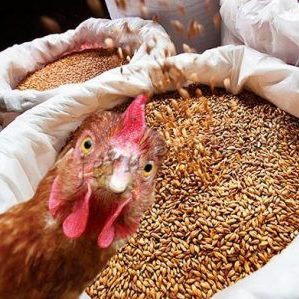
It is an optional product in the chicken diet. Usually it is used when there is no other grain or its reserves are gradually depleted.
It is strictly forbidden to give freshly harvested and sprouted grains to chickens due to the high content of soluble fiber and mucous substances.Rye is introduced into the diet of poultry no later than November, when about 3 months have passed since the harvest. It is not recommended to exceed the daily norm of cereal crops in feed for chickens by more than 8-10%, for layers - more than 15%.
Chickens under 2 months old should not be given rye.because their digestive tract can't handle the digestion of this product. If necessary, after 8 weeks from the moment of hatching of young animals, grain is introduced into the diet in small quantities. In the first year of life - no more than 5% of rye from the total diet.
| Group of domestic birds | Maximum allowable amount of rye without the use of enzymes,% |
| Laying hens | 15 |
| Young chickens | 10 |
| Chicks | 0 |
| Broiler chickens | 0 |
| Adults | 5 |
Rabbits
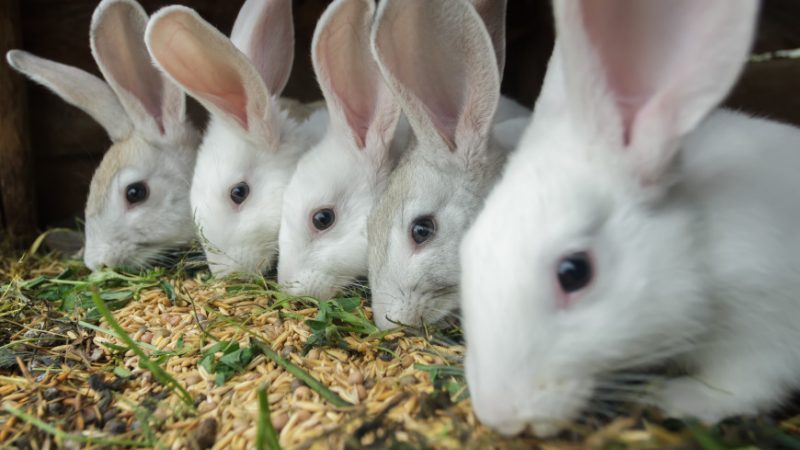
Can grain, in particular rye, be given to rabbits? Yes, but its permissible amount in the diet of these animals is no more than 20%... Since September, rabbits are offered winter rye (stems and grains), which is used as feed only at the early stage of the growing season. When a grain crop heads or comes out of the tube, it loses its nutritional value for the rabbits.
At the same time, the product on the menu of young and mature individuals is introduced in small quantities. This caution is due to the influence of plant fiber on the digestive tract of rabbits. If it enters the intestines, rye enhances the peristalsis of smooth muscles, which causes a laxative effect, increases gas formation and bloating. To avoid this, it is recommended to give rye along with hay or fresh herbs.
Rye is introduced into the diet of rabbits at the age of 3 months. Its share in their diet is no more than 10% of the total feed weight. Rabbits are allowed to be given only regular grain. Sprouted sprouts will not be digested by the stomach of animals. Rye is given to rabbits along with oats, wheat and barley.
Pigs
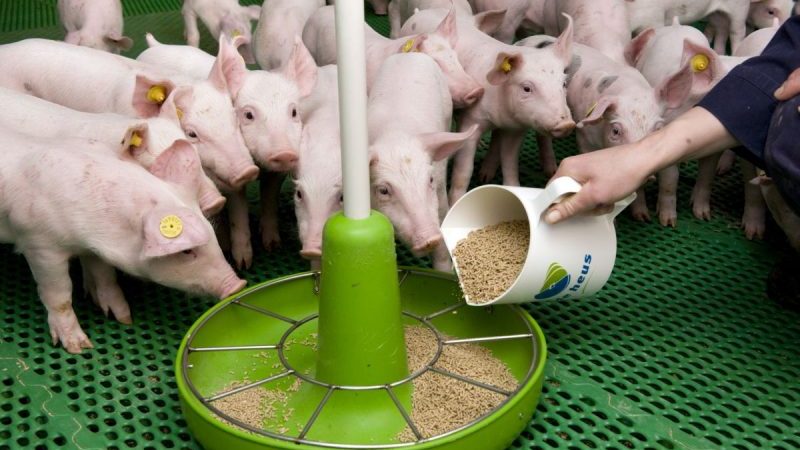
It is recommended that pigs are fed rye along with enzymes and amino acids for better nutrient absorption. The amount of cereal in the diet of animals depends on their weight, age and purpose of growing. In the latter case, livestock is divided into sows and fattening animals.
| Animal weight, kg | Maximum permissible share of rye in the diet,% |
| Fattening pigs:
|
|
| Sows | 25 |
| Piglets:
|
|
Cows and other cattle
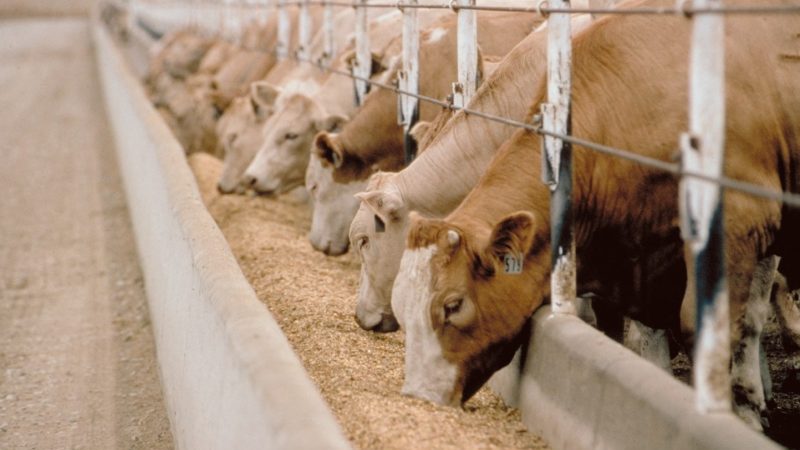
Rye in the stomach of a cow is digested in the same way as other cereals, therefore it is considered safe for feeding this animal. Starch stability in the rumen of cattle is about 15%.
How much rye can you give per cow? The maximum permissible daily allowance for a grain crop depends on the amount of easily digestible carbohydrates in the product. For dairy cows and goats, the share of sugar and stomach-soluble starch is 25% of the total diet.
If you plan to feed the animal, the share of rye in the animal's menu is 40%. At the same time, the total amount of cereal culture is no more than 4 kg, for goats - 1 kg per day.
| Animal groups | Maximum allowable amount of rye in the diet |
| Calves | 0% in prestarter - the first solid feed in the animal diet
5-8% if calves need to be reared |
| Replacement livestock - animals raised to increase the herd population or to replace culled animals | 40% in the composition of feed mixtures
|
| Fattening young, goats | 20% in feed mixture, no more than 1 kg per day |
| Cash cows | 40% in the feed mixture, no more than 4 kg per day |
Negative Effects of Feeding Rye
Rye contains a large amount of coarse vegetable fiber, which is difficult to digest in the gastrointestinal tract of pets. The abuse of cereal crops provokes a violation of the digestive process.
In chickens
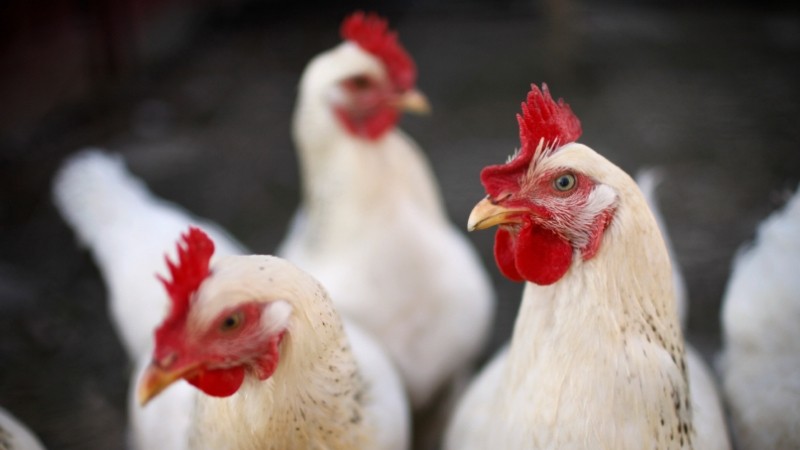
Freshly harvested grain contains a large number of mucous compounds. When poultry enters the gastrointestinal tract, they actively absorb excess liquid, which causes the feed to grow in size.
Swelling of food leads to indigestion, therefore rye is given to birds in limited quantities. Non-starchy polysaccharides increase the viscosity of the contents of the stomach and intestines. This makes chicken droppings sticky.
Excessive consumption of lingering rye causes obesity in chickens and a decrease in egg production. The bird quickly gets used to a monotonous diet and subsequently refuses to feed on other cereals, which increases the cost of its maintenance.
In rabbits
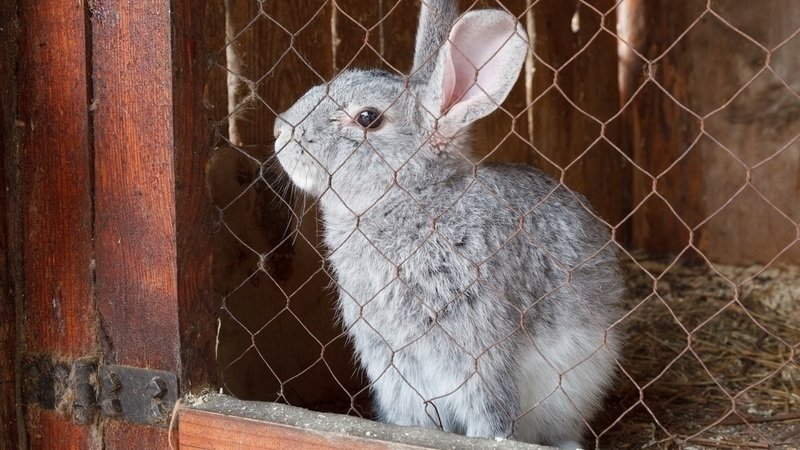
Rye contains a large amount of coarse vegetable fiber, which is not digested in the body of rabbits.
Product abuse leads to the development of diseases of the digestive system and metabolic disorders:
- rabbits become lethargic;
- lose their appetite due to the abundance of monotonous food;
- shed more;
- due to the high calorie content of rye, they quickly get fat;
- the process of defecation is disrupted, gas formation in the intestine increases.
Forage crops should not be treated with pesticides. Any toxic chemicals are fatal.
In pigs
When a large amount of grain is consumed, the pigs start to foam. In this case, the amount of grain in the diet of domestic animals is reduced by 1/3 and a small amount of vegetable oil is given.
Due to the high content of plant fibers in the product, the pig begins to have digestive problems - constipation or bloating.
In cows and other cattle
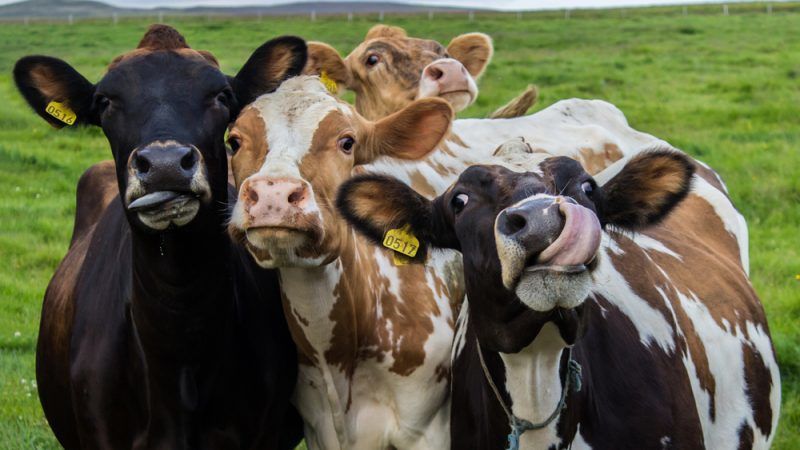
If the grain is abused, cattle stop chewing gum. Overeating with dry formula will lead to scar inflammation.
The rye first enters this part of the stomach, where the digestion of fiber is largely carried out by beneficial bacteria. As a result of the activity of microorganisms and peristalsis of smooth muscles, gases are released. Normally, they come out with belching.
If a cow or other representative of cattle uncontrollably eats a grain crop, rye, when it enters the rumen, clogs the passage to other parts of the stomach. Food blockage causes gases to build up inside.
In such a situation, stomach problems begin:
- the processes of decay and fermentation develop;
- the growth of pathogenic microflora increases;
- fiber is digested worse;
- due to rotting food and the multiplication of pathogenic microorganisms, toxic compounds are released in the rumen, which are absorbed into the blood;
- intoxication begins.
Grain abuse also leads to the development of lactic acidosis... Lactic acid is a waste product of pathogenic bacteria. This substance accumulates in the blood, worsening the general condition of the animal. The pathological process destroys liver cells.
Reference. In most cases, poor quality grain is harmful to the health of cattle. Spoiled rye with mold and rot destroys beneficial microflora and disrupts the digestion process.
Is there an alternative to rye
Rye is being replaced by other cereals. Wheat, triticale and barley are considered the closest to it in terms of nutritional value and feed value. They are given to chickens, rabbits, pigs and cattle.
Read also:
Is gluten so scary and is it in rye?
Conclusion
Rye is allowed to be given to pets in small quantities. Product restrictions in the diet of chickens, rabbits, pigs or cows are due to the high content of vegetable fiber in the grains. Dietary fiber is poorly digested. For better assimilation of rye, enzymes and amino acids are given in parallel with grains.